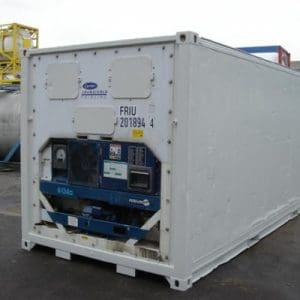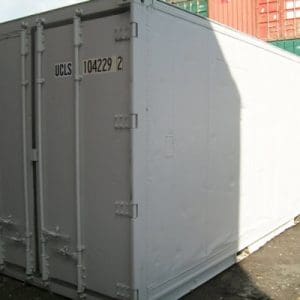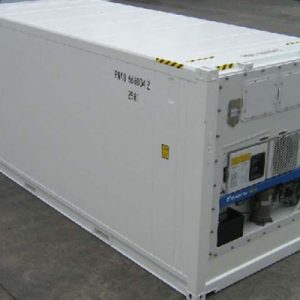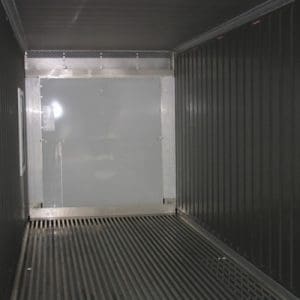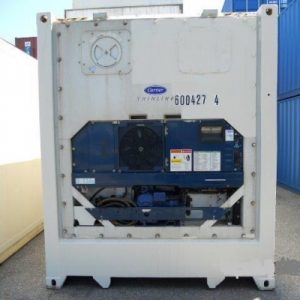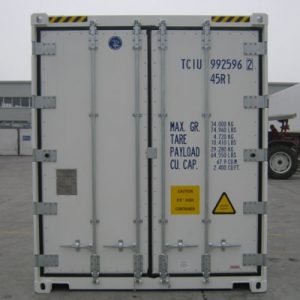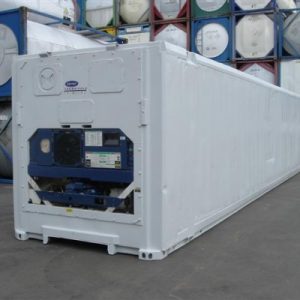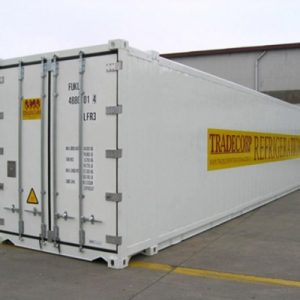REEFER CONTAINERS
-
- DRY CONTAINERS, Port Containers USA, REEFER CONTAINERS
20’RF
- shipping containers under shipping container price 40' shipping container for sale used shipping containers for sale cheap 40' shipping containers under $1,000 shipping container for sale near me used shipping containers for sale shipping container homes How much does a used container ship cost? How much does it cost to buy a 20-foot shipping container? How much does a 40-foot…
- Read more
-
- Port Containers USA, REEFER CONTAINERS
20′RFHC – HIGH CUBE
- Features Secure & Watertight Ground Level Access New Container Temporary or Permanent Storage Delivery is Available via tilt-bed or flatbed trailer. Note: Delivery by flatbed requires a forklift to offload the container at the delivery location. Delivery Requires 60-80ft of space
- Read more
-
- Port Containers USA, REEFER CONTAINERS
40′RFHC – HIGH CUBE
- Port Containers USA has refrigerated containers, insulated containers, and non-working refrigerated containers for sale, from new to used, with various refrigerated machinery options. Refrigerated containers are necessary for countless situations involving maintaining constant cold temperatures, from food storage to chemical supply.
- Read more
-
- Port Containers USA, REEFER CONTAINERS
45′RF
- New and used 45’HCPW Reefer containers Trident Container has both new and used containers in stock. Trident Container Leasing B.V. only purchases from carefully selected manufacturers that meet our stringent quality demands. Our containers, therefore, have the utmost quality.
- Read more

